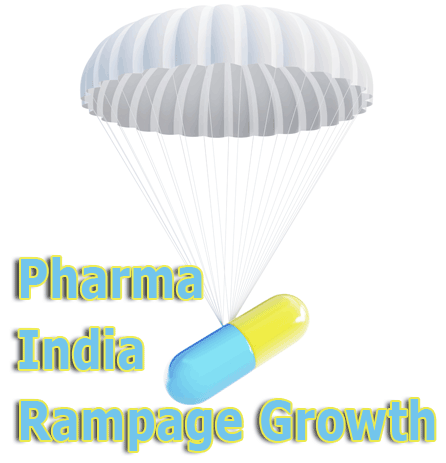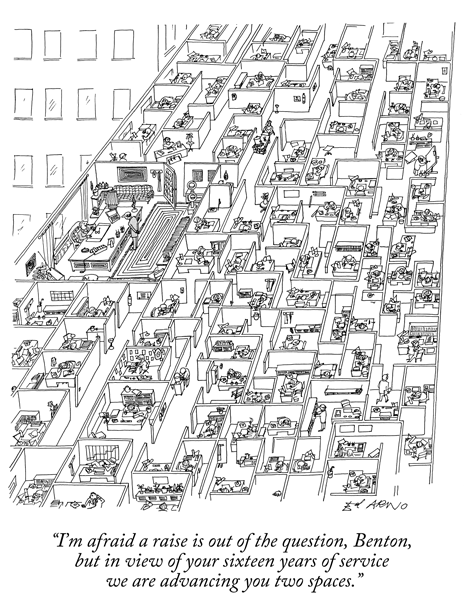 Recent
figures indicate that India’s pharmaceutical industry will grow
to $55 billion by 2020. Recent
figures indicate that India’s pharmaceutical industry will grow
to $55 billion by 2020.
With export of pharmaceutical products to
more than 200 countries, India expects to cross the Rs one trillion (U.S.$16.17
billion) mark this year. According to Pharmaceutical Export Promotion
Council (Pharmexcil), the growth would be around 15 percent and will be
driven by formulation exports. During 2013-14, pharma exports stood at
Rs 90,000 crore (US$ 14.55 billion). Of this, the share of formulations
was 71 percent while the other categories were drug intermediates, Active
Pharmaceutical Ingredients (APIs), Finished Dosage Formulations (FDFs),
bio-pharmaceuticals, and clinical services.
Pharmaceutical airfreight is expected to grow
at a faster pace than general cargo.
This has led many carriers to start new facilities
for this fast growing segment.
Airlines have already started ramping up flights
out of India. Qatar Airways Cargo, for example, recently announced the
launch of the seventh freighter destination in the country,
Last month on February 3, Qatar Airways Cargo
commenced freighter services to Ahmedabad in Gujarat.
The city has textiles, chemicals, automobiles,
and pharmaceuticals industries and over the last few years it has seen
a growth in biotechnology with the presence of more than 50 biotechnology
companies and around 66 support organizations.
Incidentally, Qatar Airways is the only international
carrier to provide freighter services to Ahmedabad.
Last year, IAG Cargo introduced B787s in its
London Heathrow and Hyderabad, Chennai flights.
The B787s have helped the pharma industry.
The plane’s forward cargo hold has air
conditioning, making it ideal for shipping temperature-sensitive pharmaceutical
products.
This has made IAG Cargo the only European operator
to offer daily flights on these routes.
For their part, airport authorities have brought
in equipment and created facilities at some of India’s major international
airports. Two airports—Mumbai International Airport (MIAL) and Delhi
International Airports Ltd. (DIAL)—have upgraded the air cargo facilities
to handle 80-90 percent of the export and import trade of pharmaceuticals.
In association with the Organization of Pharmaceutical
Producers of India (OPPI), the custodians of the two airports have taken
initiatives to do away with the bottlenecks that delay the transport process.
Among the enhancements are the creation of cold
room space, training and refresher courses for the staff that handle pharma
products at the airport, and storage.
In fact, MIAL has installed four new cold rooms
for pharmaceuticals while DIAL has enhanced the cold room capacity considerably.
Meanwhile, other airports are getting into the
act.
At the international airport at Vishakhapatnam
recent introduction of direct flights from Visakhapatnam to Kuala Lumpur
by Malindo Air has given rise to speculation amongst larger pharma exporters
that a proper air cargo terminal at the airport—with special facilities
for pharma exports—will be put up.
In addition to the privately held international
airports, the government has also taken major steps.
The India Brand Equity Foundation (IBEF)—a
trust established by the government’s Ministry of Commerce and Industry
with the primary objective to promote and create international awareness
of the ‘Made in India’ label in markets overseas—recently
announced the efforts being made by the pharmaceutical industry and the
government to sustain the export growth trajectory.
The focus will now be on Argentina, which has
of late opened up its U.S.$6 billion drug market to Indian companies.
The move will raise the country’s present contribution of around
8 percent to the Latin American region.
Other moves include a more export-friendly ecosystem
for the Indian pharmaceutical industry. One of the first few countries
to launch the Trace and Track mechanism for its pharma products, India
has started putting barcodes on the primary, secondary, and tertiary level
packaging labels in phases.
In fact, the system is already in place at the
secondary and tertiary level of packaging.
Tirthankar Ghosh
|






